| item(s), Total: $0.00 View Cart |
| Shopping cart is empty. |
It's great to see so many lovely customers again - it seems so many have been hibernating over winter. We do get very busy some days so we appreciate your patience if you visit us & there's a little wait time for service or product. With the long weekend coming up at the end of the month, we'll be busy - so if you're wanting a delivery to get your garden projects underway, please plan ahead to avoid missing out! We will be open over the long weekend as follows: Saturday 25th September- 8.30am - 4.00pm Spring is the perfect time to get planting. We've got loads of heritage seeds for your summer crops, still some rhubarb & asparagus crowns (be quick!), and there's more seedlings starting to trickle through. They take a while to get going in early spring because the weather (especially nights) are cool - so please be a little patient. None of our vegies are forced on heat beds; so it means they're grown with the seasons and hardened off - which means you're starting with a stronger seedling than those forced and grown in hothouse conditions, which sometimes struggle in the 'real world' of your garden bed.
What do you think of our new-look website? Hopefully it's a little more user friendly... there'll be some more changes in the coming weeks/months - if you notice anything odd on the site (or something not working as it should) - please let us know. For those who are signed up VIP members, you will need to re-set your password to gain access to the members only section. The website platform has moved to a new system - and passwords (being secure) are unable to be accessed and copied. Do you Youtube? Did you know GLSC has it's own channel? We've recently snuck on a few new videos... pop on over and check them out. There's more to be uploaded soon - so check us out every now and again. (One of the new ones is "4 tips for starting a new garden bed" - so it's perfect timing for spring!) Here's the link to check out all the videos. https://www.youtube.com/c/GreenlifesoilAu We hope there's lots of inspiration in this newsletter, on our website generally (have a really good look through the 'Learn' tab), and in the Youtube content. Feel free to come out and see us for more advice (and the best soil in town!) Until next time,
IN THIS NEWSLETTER:Jobs to do in the September garden JOBS TO DO IN THE SEPTEMBER GARDEN
WHAT TO PLANT NOW
Each week now we'll have more varieties becoming available in our seedling range - so if you're time poor, this may be the best option for you. Here's some ideas as to what you can plant now (remember to see our FREE downloadable guides on our website - click here!) https://greenlifesoil.com.au/free-downloads/When-to-Sow-in-Perth.pdf Asparagus, Artichokes Jerusalem and Globe, Asian greens, Beans, Beetroot, Broccoli*, Cabbage*, Capsicum, Chilli, Carrots, Celery, Chives, Corn, Cucumber, Dill, Eggplant, Fennel, Kale*, Lettuce, Onion, Parsnip, Peas, Potato, Pumpkin, Radish, Rhubarb, Rocket, Silverbeet, Snow pea, Spring onion, Strawberries, Sweet corn, Tomato, Turnip, Zucchini. * Brassicas will grow in Perth into Spring/Summer, provided conditions are suitable. Be aware increased pest pressure over the warmer months is likely; are you prepared to net your vegies or deal with cabbage butterflies, for example? Start spring seeds off in a good quality seed raising mix (like our Certified Organic one!). It's fine to re-use recycled pots and punnets. Ideally, soak them in warm water with a dash of household bleach, give them a good scrub to remove any dirt, and allow them to dry in the sun. Keep your sown seeds in a warm spot, making sure the soil's surface doesn't dry out completely. We've got a free fact sheet on growing from seed - so check it out for more tips & tricks for success. Like it? Share it! SOIL - THE RISKS OF LEGIONELLA
What is Legionnaire's diseaseIt's actually a type of pneumonia caused by a bacteria. There are two strains which can be identified by testing. Legionella pneumophophila can be found in warm, stagnant water. Some air conditioning systems, spray mist cooling systems, spas, hot water systems, fountains, and water sitting in the garden hose can be potential sources. Legionella longbeachae is the other strain most of concern to gardeners. It is found in soil (maybe already in your garden!) and is potentially in any purchased compost, soil or mulch product. The bacteria can enter your body through inhalation of contaminated water vapours or dust. Legionnaire's disease symptoms start with flu like indications (fever, headache, muscle ache, cough) usually 2-10 days after exposure. It can progress to chest pain, high fever and difficulty breathing. If left untreated, it may lead to kidney failure and death. People most at risk are those middle aged to elderly, smokers, those with pre-existing lung conditions or a suppressed immune systems. Prevention of the disease can be achieved through limiting exposure, through:
The good news is that Legionnaires disease is quite rare, and we can take precautions to minimise our risk. When you consider the benefits of gardening to our body and spirit, I'd say the benefits outweigh the risks. If you ever feel unwell, seek medical attention and if you've been gardening; mention it to the Doctor. One more thing!It's not all bad news - there's another specific soil bacteria, Mycobacterium vaccae, which triggers the release of serotonin in our brain according to research. Serotonin is a happy chemical, a natural anti-depressant and strengthens the immune system. So, while there's risk - there's also reward! ELDERFLOWER
|

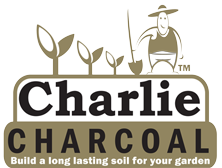

 Hello & welcome to SPRING! We're enjoying some gorgeous weather, and all the rain has certainly made things GROW! If you have a chance to check out wildflowers this year - I believe it's a spectacular season out there. I certainly know our weeds are exceptional at home... [if only there was a way to capitalise on tourism to view them!]
Hello & welcome to SPRING! We're enjoying some gorgeous weather, and all the rain has certainly made things GROW! If you have a chance to check out wildflowers this year - I believe it's a spectacular season out there. I certainly know our weeds are exceptional at home... [if only there was a way to capitalise on tourism to view them!]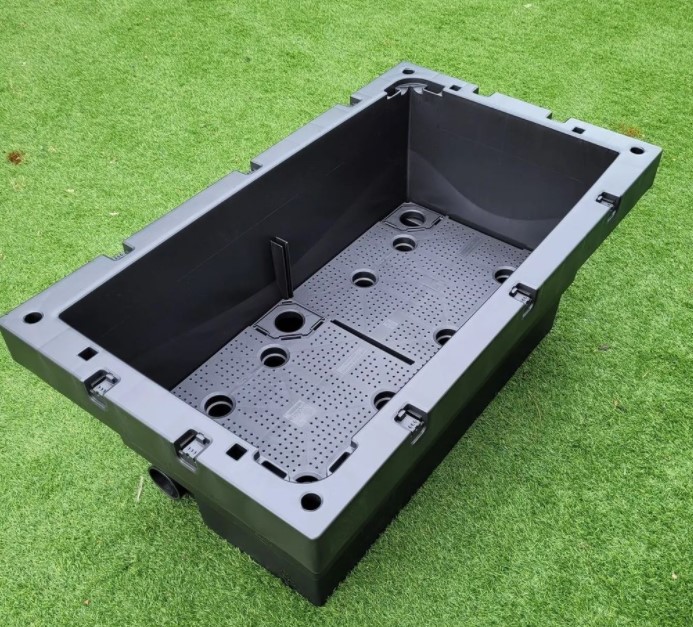 More Foodcubes are on their way to us too - and we'd like to introduce the brand new Foodcube Slim. So if you're been looking at a wicking bed for a smaller space, these could be a great option for you. Manufactured in Melbourne from food grade recycled plastic, they're well made and will last a very long time. Come in soon (stock expected mid September) and check them out! External measurements: 1150mm (L) x 665mm (W) x 500mm (D)
More Foodcubes are on their way to us too - and we'd like to introduce the brand new Foodcube Slim. So if you're been looking at a wicking bed for a smaller space, these could be a great option for you. Manufactured in Melbourne from food grade recycled plastic, they're well made and will last a very long time. Come in soon (stock expected mid September) and check them out! External measurements: 1150mm (L) x 665mm (W) x 500mm (D)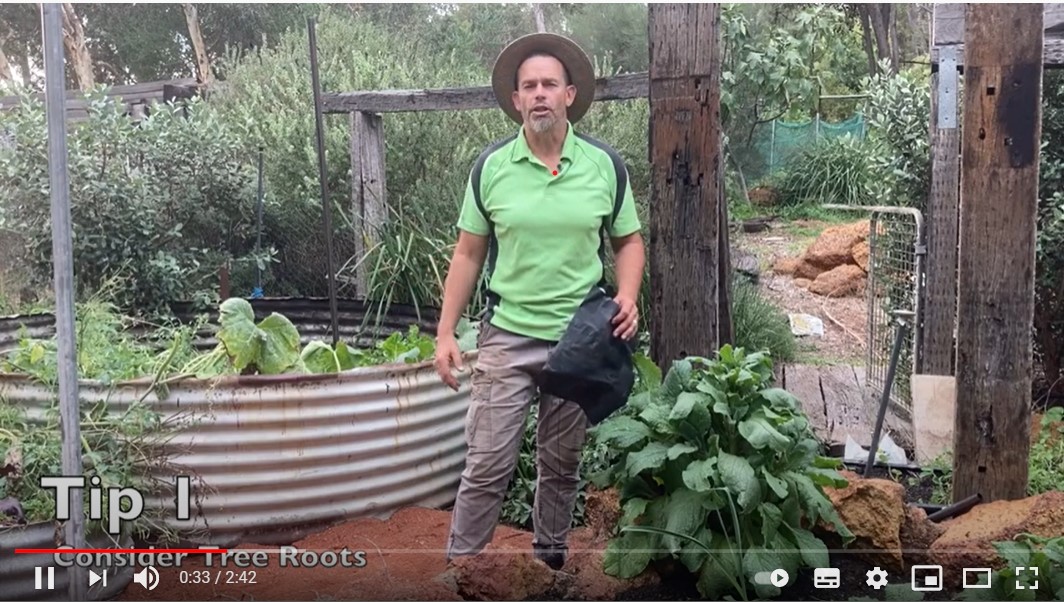 Linda and the Team @ The Green Life Soil Co
Linda and the Team @ The Green Life Soil Co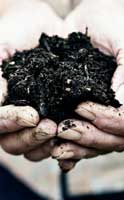 Feed your soil! (this in turn feeds your plants!) NOW is the time to fertilise your fruit trees; they'll be waking up from winter dormancy (deciduous trees) and putting on their spring flush (deciduous and evergreen trees). Compost, aged manure, a balanced slow release, rock dust - or our general concentrate (which contains a whole range of goodies); feed up your plants NOW.
Feed your soil! (this in turn feeds your plants!) NOW is the time to fertilise your fruit trees; they'll be waking up from winter dormancy (deciduous trees) and putting on their spring flush (deciduous and evergreen trees). Compost, aged manure, a balanced slow release, rock dust - or our general concentrate (which contains a whole range of goodies); feed up your plants NOW.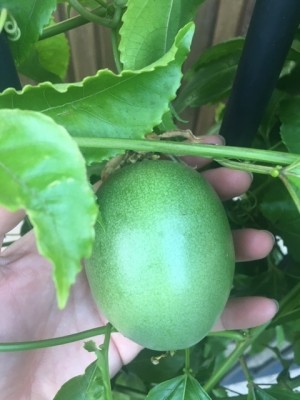 Feed & prune your passionfruit vine. September is about the time to do this - if possible time it between harvesting any winter crops & before your vine is in full flower again in Spring. Cut back by up to a third, feed and mulch heavily. Passionfruit are hungry plants - so don't be stingy!
Feed & prune your passionfruit vine. September is about the time to do this - if possible time it between harvesting any winter crops & before your vine is in full flower again in Spring. Cut back by up to a third, feed and mulch heavily. Passionfruit are hungry plants - so don't be stingy!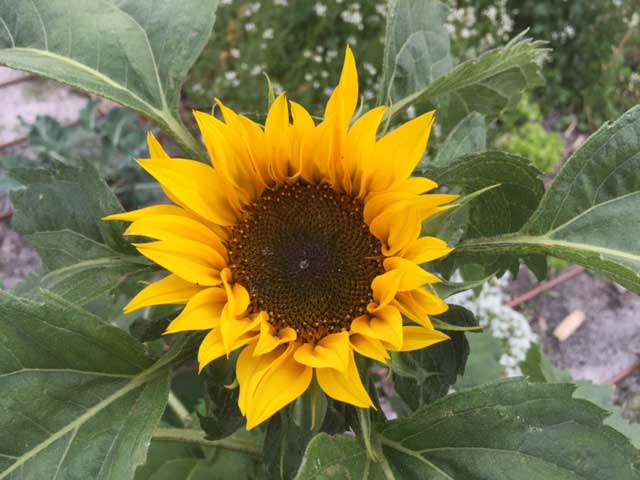 Plant flowers. Besides giving your spring/summer garden some colour, you'll be bringing in the pollinators and assisting with biodiversity in your backyard. Edible flowers (
Plant flowers. Besides giving your spring/summer garden some colour, you'll be bringing in the pollinators and assisting with biodiversity in your backyard. Edible flowers (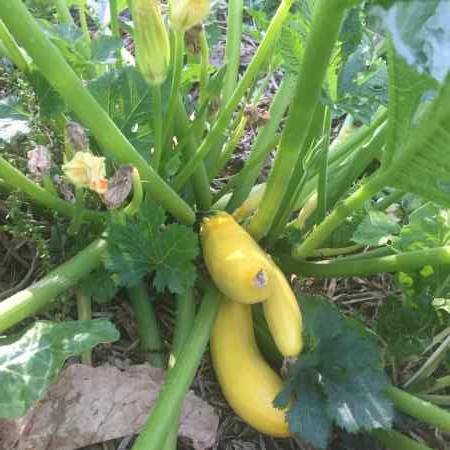 It's SPRING - so there are soooooo many things that you can plant at the moment! The trick is always timing - the weather will still be unpredictable for a while, with (hopefully) some rainy days & cool nights... If you're growing from seed, remember temperature of the SOIL is key - so it is still quite early to be planting out many summer crops. If you're wanting to grow from seed, I'd recommend planting out in trays or punnets at the moment - so you can move them around and molly-coddle them. Start off a few seeds every couple of weeks (rather than planting out a whole packet at once!) - that way you hedge your bets and will jag the right time eventually.
It's SPRING - so there are soooooo many things that you can plant at the moment! The trick is always timing - the weather will still be unpredictable for a while, with (hopefully) some rainy days & cool nights... If you're growing from seed, remember temperature of the SOIL is key - so it is still quite early to be planting out many summer crops. If you're wanting to grow from seed, I'd recommend planting out in trays or punnets at the moment - so you can move them around and molly-coddle them. Start off a few seeds every couple of weeks (rather than planting out a whole packet at once!) - that way you hedge your bets and will jag the right time eventually. On social media, from time to time you may see posts about someone who has been ill from Legionaire's disease. Unfortunately, although rare, there have also been deaths. If you've ever been curious about it (and most importantly, want to know how to lower your risk) then read on!
On social media, from time to time you may see posts about someone who has been ill from Legionaire's disease. Unfortunately, although rare, there have also been deaths. If you've ever been curious about it (and most importantly, want to know how to lower your risk) then read on!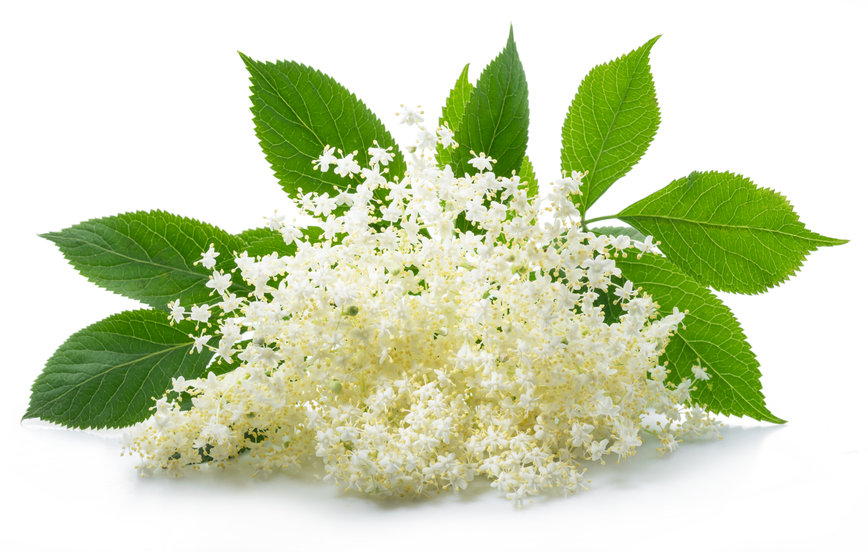 Botanical Name: Sambucus Nigra, Sambucus canadensis, Sambucus racemose (note: Sambucus Nigra is the commonly available variety in nurseries)
Botanical Name: Sambucus Nigra, Sambucus canadensis, Sambucus racemose (note: Sambucus Nigra is the commonly available variety in nurseries)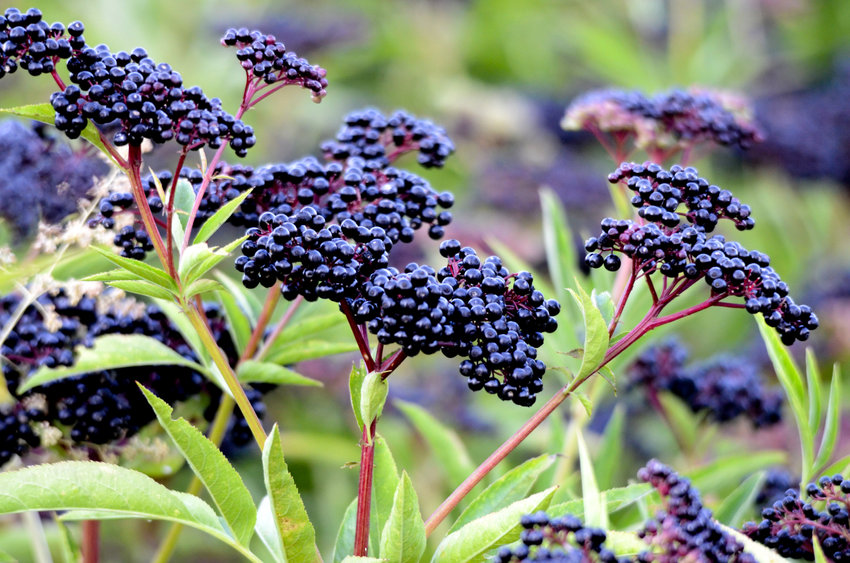 Elder tree tolerates relatively poor soil conditions but will do much better in improved soil, and with regular watering over summer. It likes sun or partial shade, although it produces less fruit in shady areas. They are frost tolerant, and deciduous. Fast growing, they make an excellent screening plant, but they'll take a few years until they're mature enough to flower and fruit. The leaves are delicate and quite attractive (dark green and compound); they turn yellow before leaf fall providing some lovely autumn/winter colour.
Elder tree tolerates relatively poor soil conditions but will do much better in improved soil, and with regular watering over summer. It likes sun or partial shade, although it produces less fruit in shady areas. They are frost tolerant, and deciduous. Fast growing, they make an excellent screening plant, but they'll take a few years until they're mature enough to flower and fruit. The leaves are delicate and quite attractive (dark green and compound); they turn yellow before leaf fall providing some lovely autumn/winter colour. Thanks to Leesa Caldwell (pictured right) from Oak Tree Herbal Clinic for content for this article. If you're interested in knowing more about Elderberries, or looking for medicinal herbal products, contact Leesa via her website (link below).She also runs a number of online workshops - one of which is the Folklore Herbal Study Group. Here's her information:
Thanks to Leesa Caldwell (pictured right) from Oak Tree Herbal Clinic for content for this article. If you're interested in knowing more about Elderberries, or looking for medicinal herbal products, contact Leesa via her website (link below).She also runs a number of online workshops - one of which is the Folklore Herbal Study Group. Here's her information: 1kg sugar
1kg sugar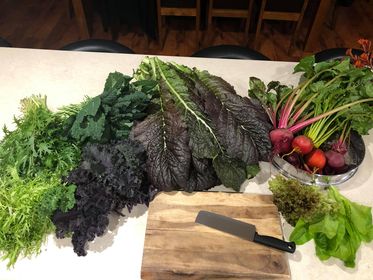 Congrats to Shannon Murphy from Morley who has sent me in photos a few times now - her persistence has paid off this month, as she's the winner of a $50 store credit to spend with us. Shannon planted a wide range of herbs & vegies in July, and is now rewarded with a lovely harvest. She sent in this note with her photo:
Congrats to Shannon Murphy from Morley who has sent me in photos a few times now - her persistence has paid off this month, as she's the winner of a $50 store credit to spend with us. Shannon planted a wide range of herbs & vegies in July, and is now rewarded with a lovely harvest. She sent in this note with her photo: 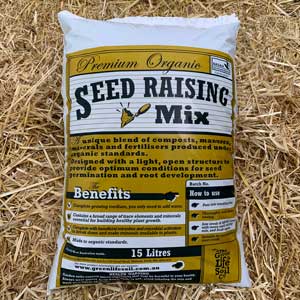 Spring is here and it's time to propagate! So as a VIP we're offering you a FREE bag of our Certified Organic Seed Raising Mix (or - choose from our range of soils & soil improvers) with any purchase over $70. Just remember to ask our staff when you're making your purchase (or ordering over the phone).
Spring is here and it's time to propagate! So as a VIP we're offering you a FREE bag of our Certified Organic Seed Raising Mix (or - choose from our range of soils & soil improvers) with any purchase over $70. Just remember to ask our staff when you're making your purchase (or ordering over the phone).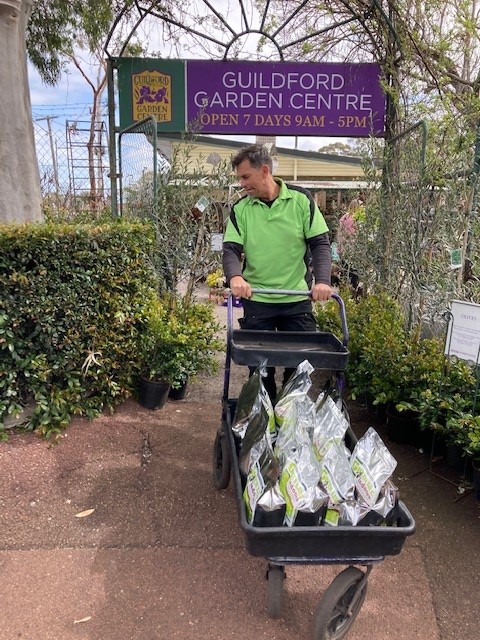 Please support your local independent retailer who supports us! The specialist retailers listed here will be happy to give you gardening advice and help you with our products - please call to check what lines they carry. (Pictured right is Paul delivering our new Indoor Potting Mix to Guilford Town Garden Centre.)
Please support your local independent retailer who supports us! The specialist retailers listed here will be happy to give you gardening advice and help you with our products - please call to check what lines they carry. (Pictured right is Paul delivering our new Indoor Potting Mix to Guilford Town Garden Centre.)




















